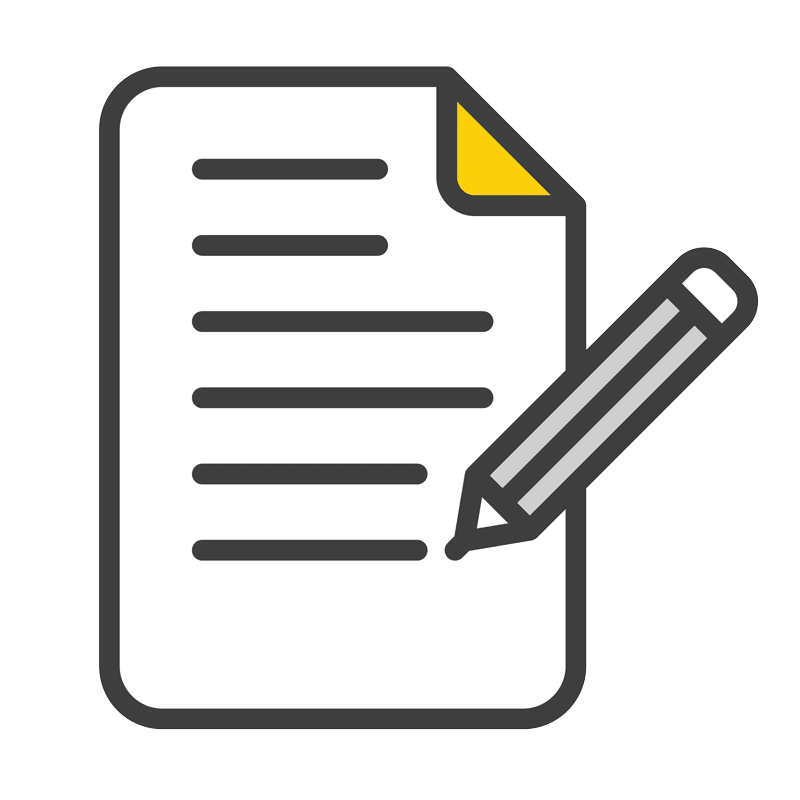En Dash, Em Dash, and Hyphen: What and Why
The en dash, em dash, and hyphen are all punctuation marks that are used to indicate various kinds of relationships between words or phrases in a sentence. Although they all serve a similar purpose, they are used in different ways and have different characteristics. Understanding the differences between these three marks can help you use them correctly in your writing.
An en dash is a punctuation mark that is slightly longer than a hyphen but shorter than an em dash. It is used to indicate a range of values or numbers, such as dates or distances. For example, you could use an en dash in a sentence like this: “The flight from New York to Los Angeles takes about 5–7 hours.” In this sentence, the en dash is used to indicate that the flight time can be anywhere from 5 to 7 hours.
An em dash is a punctuation mark that is longer than both the en dash and the hyphen. It is used to indicate a break or pause in a sentence, often for the purpose of providing additional information or emphasis. For example, you could use an em dash in a sentence like this: “The new policy—which has caused a lot of controversy—will go into effect next week.” In this sentence, the em dash is used to set off the parenthetical clause “which has caused a lot of controversy,” providing additional information about the policy without interrupting the main flow of the sentence.
A hyphen is the shortest of the three punctuation marks, and it is used to join words together or to divide words at the end of a line of text. For example, you could use a hyphen in a sentence like this: “The red-and-white striped shirt is my favorite.” In this sentence, the hyphen is used to join the words “red” and “white” together to form the compound adjective “red-and-white.”
There are some key differences between these three punctuation marks that you should be aware of. First, the en dash and the em dash are both longer than the hyphen, which makes them more noticeable in a sentence. This can be useful for drawing attention to the information that they are used to set off, such as a range of values or additional information.
Second, the en dash and the em dash are both used to indicate a break or pause in a sentence, but they have different “meaning” in a grammatical sense. Notice that the en dash and em dash also differ in length, although the difference is more difficult to see.
For comparison:
- Hyphen (-)
- En Dash (–)
- Em Dash (—)




